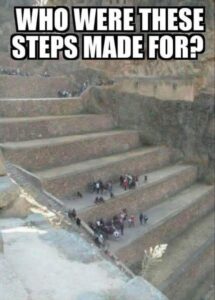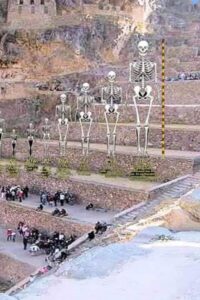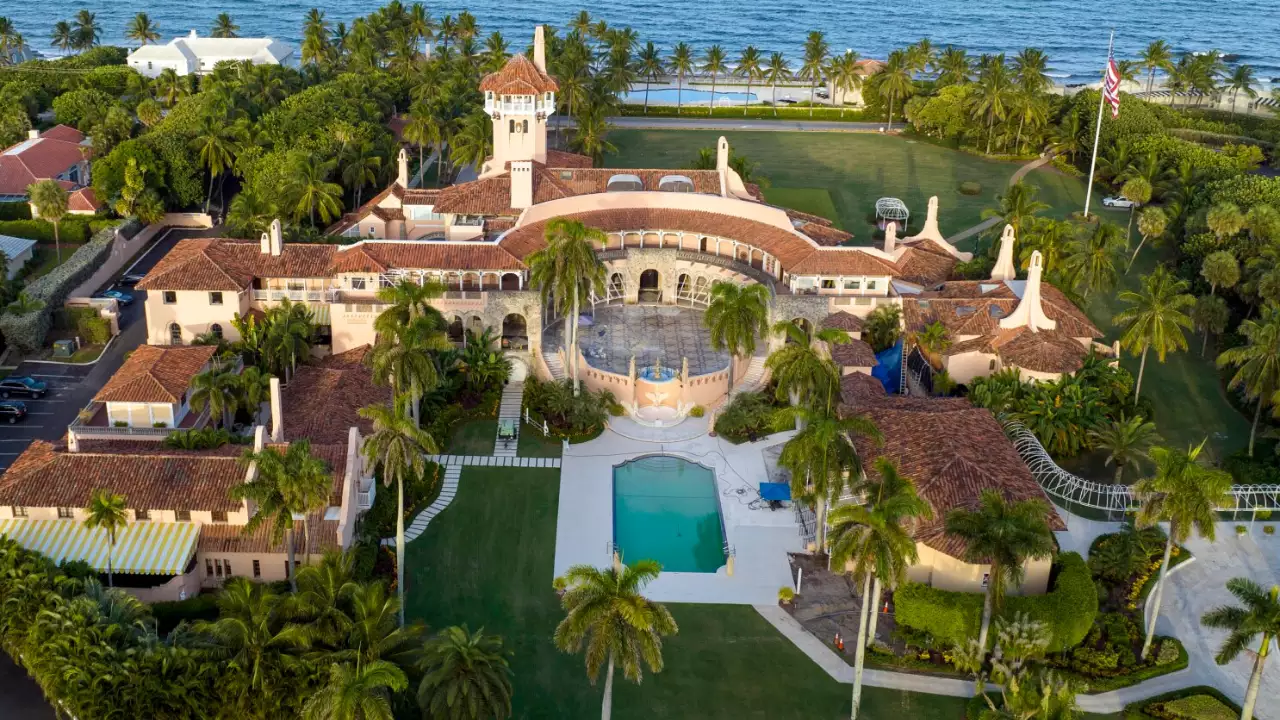Unveiling the Mystery: Who were these steps made for ?
Unveiling the Mystery: Who were these steps made for ?
Ollantaytambo, a small town nestled in the Sacred Valley of the Incas in Peru, is a place steeped in history and mystery. Its stunning archaeological site, Ollantaytambo Fortress, stands as a testament to the advanced engineering and architectural prowess of the ancient Inca civilization. But one question lingers: Who built Ollantaytambo, and what is the significance of this remarkable site?
A Glimpse into Ollantaytambo’s History
Ollantaytambo holds a unique place in the history of the Inca Empire. It was originally built as a royal estate during the reign of the Inca Pachacuti, who ruled from 1438 to 1471. Pachacuti is renowned for expanding the Inca Empire, constructing many iconic structures, and laying the foundation for its grandeur. Ollantaytambo, with its intricate stonework and strategic location, exemplifies the architectural sophistication of the Inca people.
Theories About the Builders
The Inca Empire: The prevailing theory suggests that the Inca people themselves were responsible for the construction of Ollantaytambo. The precision of the stonework, the use of enormous stones, and the strategic layout of the site all align with Inca architectural techniques seen in other Inca sites, such as Machu Picchu and Sacsayhuaman.
Forced Labor: The Incas were known for their organizational skills and the use of a labor system known as “mit’a.” This system allowed the Inca rulers to mobilize large numbers of workers for construction and other projects. Ollantaytambo was likely built with the labor of skilled artisans, craftsmen, and ordinary workers, who were conscripted for service.
Unfinished Work: Interestingly, Ollantaytambo appears to be somewhat unfinished. Some of the stones are still attached to the bedrock, providing a glimpse into the construction process. This raises questions about why the construction was halted and whether external factors, such as the Spanish Conquest, played a role.
The Significance of Ollantaytambo
Ollantaytambo was strategically positioned to control access to the Sacred Valley and served as a critical military, religious, and administrative center. It was a stopover point for travelers and traders moving between the highlands and the lowlands. Its terraces, built on steep hillsides, were ingeniously designed for agricultural purposes, allowing the Incas to cultivate a variety of crops.

The site is also known for the massive, finely crafted monoliths, particularly in the Temple Hill sector. The stones were quarried from a nearby site across the Urubamba River and transported to Ollantaytambo, a remarkable engineering feat that demonstrates the advanced capabilities of the Incas.

Conclusion
The mystery of who built Ollantaytambo is one that continues to intrigue archaeologists, historians, and visitors alike. While it is widely accepted that the Inca civilization was responsible for this awe-inspiring site, the details of its construction and the reasons for its seemingly unfinished state remain subjects of scholarly investigation.
Ollantaytambo stands as a testament to the incredible ingenuity and architectural prowess of the Inca people. Its historical and cultural significance, combined with its breathtaking natural surroundings, make it a must-visit destination for those interested in unraveling the mysteries of the Inca Empire and its extraordinary achievements. Whether you’re a history enthusiast or simply a traveler seeking to explore the wonders of the past, Ollantaytambo is sure to leave a lasting impression and a sense of wonder about the ancient civilization that once thrived here.






